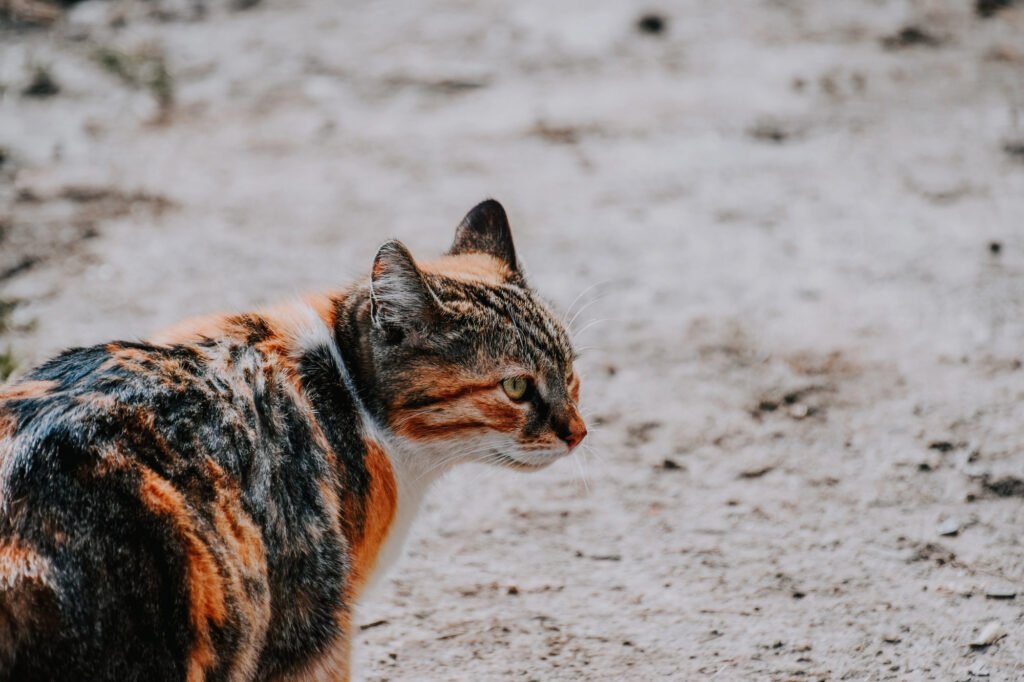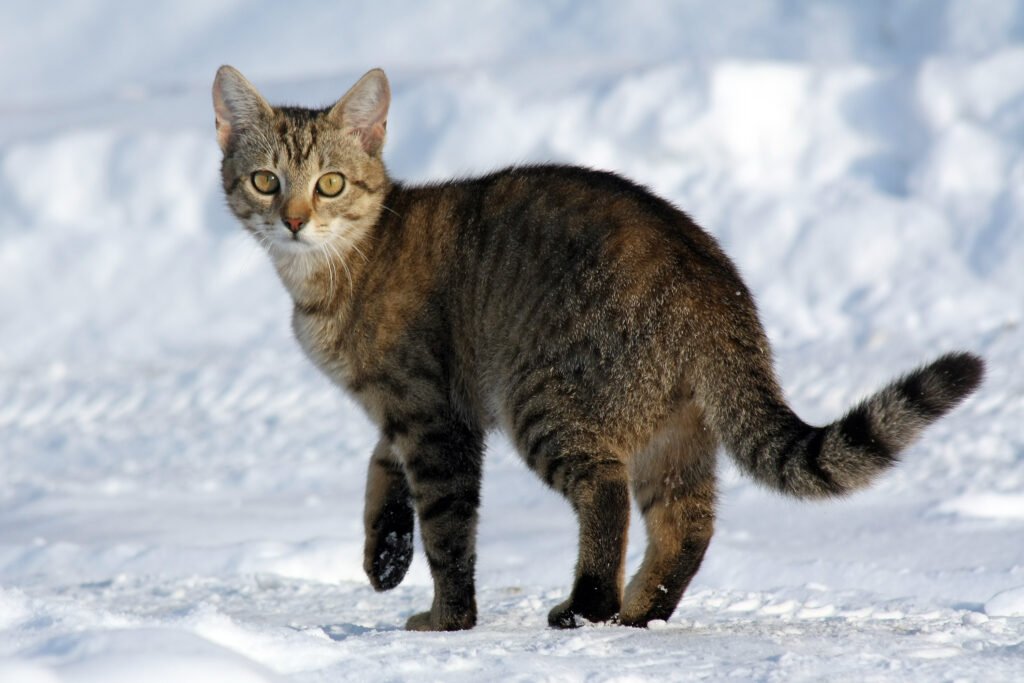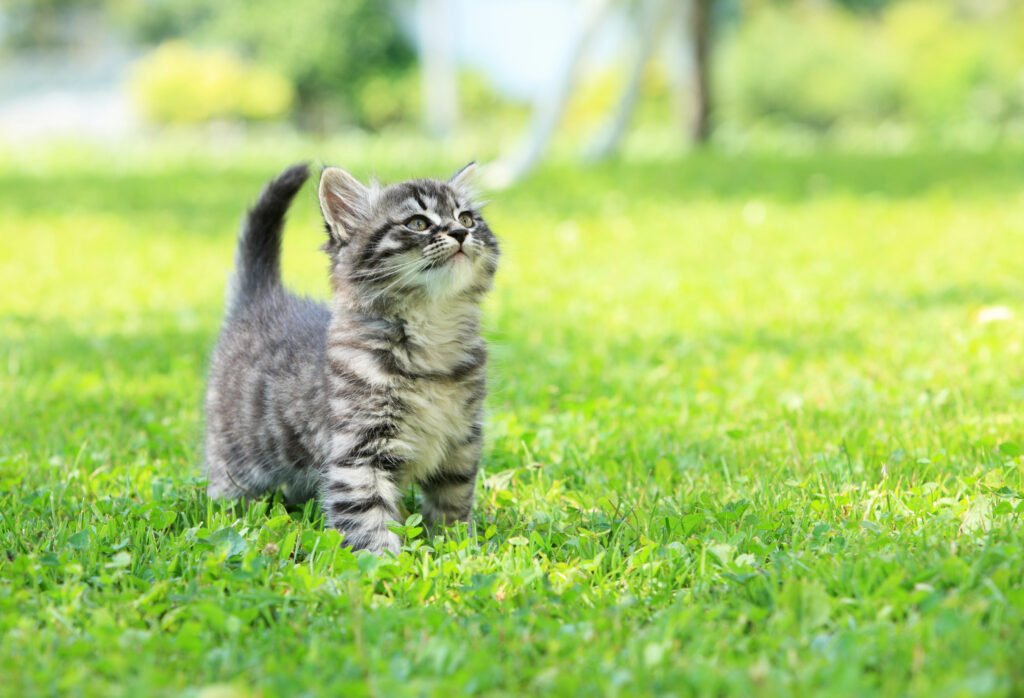The Felidae family, commonly known as felines, is a fascinating group of carnivorous mammals that have evolved and adapted across diverse environments and continents. Their evolutionary journey is a compelling tale of survival, adaptation, and diversification. Ranging from the tiny Rusty-spotted Cat to the majestic Lion, felines have captivated human attention for centuries. This article delves into the evolutionary path of felines, examining their origins, adaptations, and spread across various continents.
Origins of the Felidae Family

The evolutionary journey of felines began approximately 25 million years ago during the Oligocene epoch. Their ancient ancestors, which were small, weasel-like creatures called Miacids, lived in the dense forests of Europe and North America. From these primitive beginnings, felines gradually evolved distinct physical and behavioral traits that set the stage for their eventual spread across the globe.
Adaptations and Physical Characteristics

Felines developed specialized adaptations that have enabled them to thrive in various environments. Traits such as retractable claws, keen night vision, and acute hearing evolved to assist in hunting. Moreover, their strong muscular bodies and flexible spine allowed for exceptional agility and stealth, making felines highly effective predators.
The Role of Climate and Geography

Climate and geography played critical roles in shaping the evolutionary path of felines. The rise and fall of sea levels, along with the shifting of tectonic plates, created land bridges and isolated populations, which accelerated the diversification of species. Climatic changes provided new habitats and hunting grounds, prompting felines to adapt to various ecological niches.
Felines in Africa The Cradle of Evolution

Africa is often considered the cradle of feline evolution, home to some of the most iconic species such as Lions, Leopards, and Cheetahs. The continent’s diverse habitats, from savannas to jungles, provided a fertile ground for the development of a wide range of feline species. Over millennia, these species evolved unique adaptations to their specific environments, such as the speed of Cheetahs or the social structures of Lions.
Migration to Asia The Expansion Continues

Felines migrated to Asia during the Miocene epoch, with Asia witnessing a significant radiation of feline species. The continent’s vast and varied landscapes offered numerous evolutionary opportunities. Tigers, Snow Leopards, and Asian Leopards emerged, each adapting to specific regions, from the dense forests of India to the icy expanses of Central Asia.
The European Connection

In Europe, felines faced different evolutionary pressures due to the continent’s cooler climates and diverse terrains. The European wildcat, for example, is a testament to the adaptive nature of felines in temperate forests and mountainous regions. Over time, interbreeding with domestic cats introduced by humans has led to a complex genetic history in the European feline population.
The Curious Case of North American Felines

Felines arrived in North America via the Bering Land Bridge, leading to the development of species such as the Cougar and the Bobcat. These species adapted to a range of habitats, from mountainous regions to swamps, demonstrating the resilience and adaptability of felines. The Ice Age and human expansion significantly influenced their evolutionary trajectory on the continent.
South America Isolated Evolution

South America’s felines, like the Jaguar and the Ocelot, are the result of isolated evolutionary processes. These species adapted to the continent’s rich rainforests and diverse ecosystems. The Isthmus of Panama played a crucial role in allowing these species to migrate between the two Americas, leading to a rich diversity of feline life in this region.
Adaptations in the Modern Era

As humans expanded across the globe, felines faced new challenges. Habitat loss, hunting, and climate change have necessitated further adaptations. Some feline species have adapted to urban environments, while others have retreated deeper into wild territories. Conservation efforts have been crucial in preserving the diversity and existence of these remarkable creatures.
Conclusion: The Future of Feline Evolution

The evolutionary journey of felines is far from over. As environmental stresses intensify, felines will continue to evolve, highlighting the dynamic nature of evolution. Continued research and conservation efforts are essential to ensure that these magnificent creatures remain not only a part of our world but also a key figure in the evolutionary tapestry of life on Earth.






